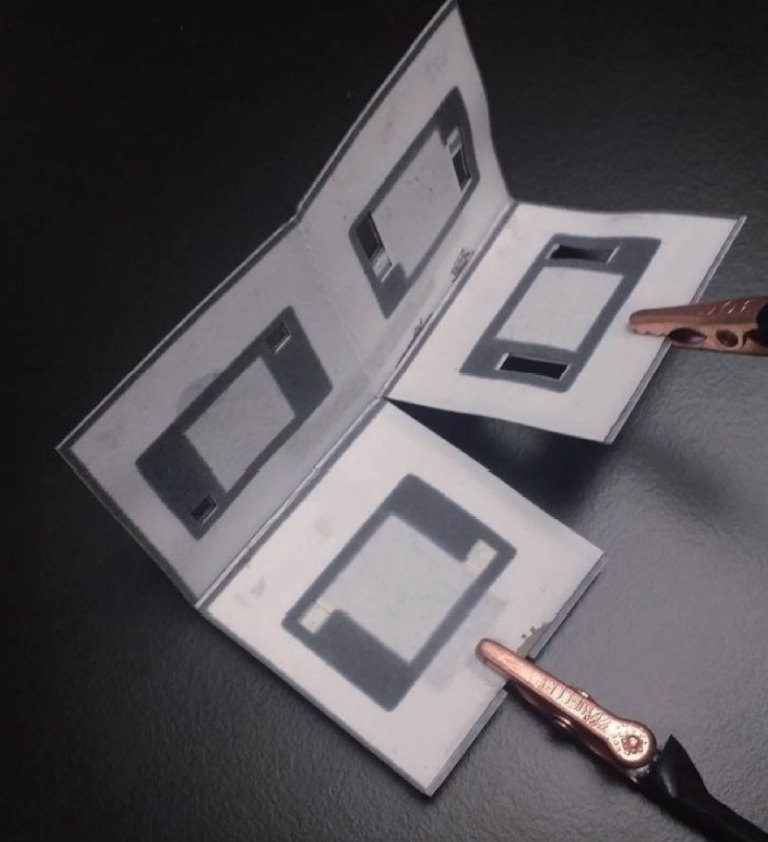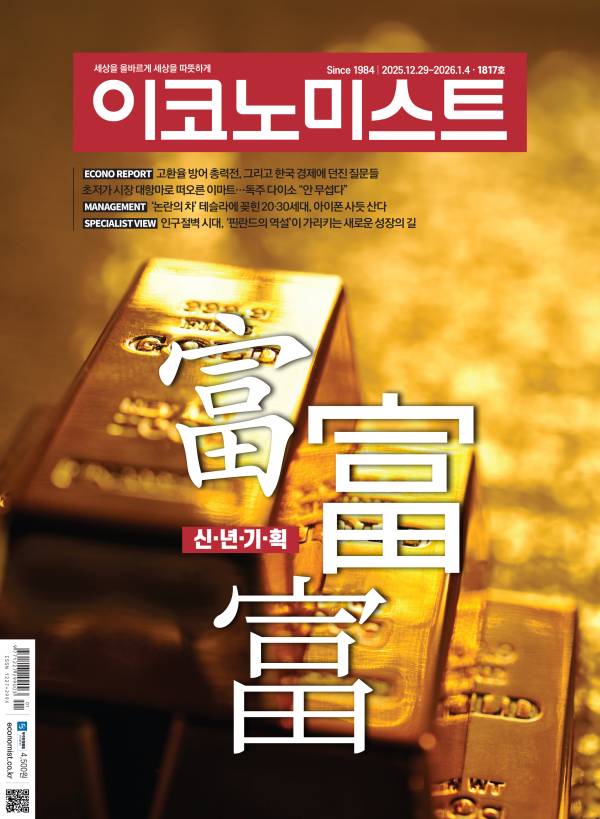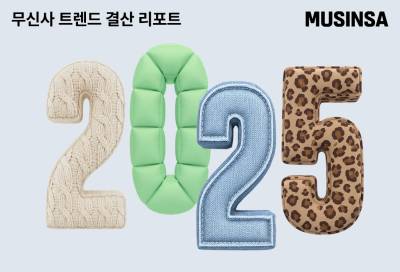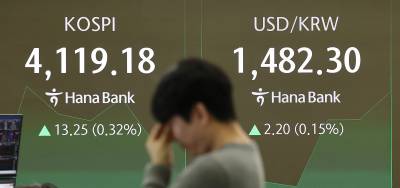- 접어서 만드는 종이 배터리

THE FOLDABLE BATTERY POWERED BY BACTERIA
These paper batteries are cheap, easy to produce and biodegradable.A new origami paper battery, which is powered by bacteria and costs five US cents, could revolutionize the diagnosis of diseases in developing and remote areas.
Researchers at Binghamton University in New York have developed the battery at a proof of concept level and are hoping it could be on the market for doctors and medics within three years.
The battery is made from standard office paper with a nickel-based cathode on one side and carbon paint anode on the other. The team used the ancient Japanese art of origami, or paper-folding, to fold the battery down to the size of a matchbox.
Bacteria from a single drop of dirty water are fed into the battery where their respiration could potentially generate microwatts of energy - enough to power a paper-based biosensor used for diagnosing diseases.
Professor Seokheun Choi, an expert in bioelectronics at Binghamton University who led the research, told Newsweek: “I want my paper-based biobatteries to be used in resource-limited regions. Dirty water can be a source to derive [energy for] my battery to power other types of electronics, like paper-based biosensors.”
The use of paper-based tools for disease diagnosis are growing in popularity due to their extremely cheap production costs and transportable nature. However, existing paper biosensors generally need external power sources or to be paired with sophisticated electronic devices.
Researchers at Florida Atlantic and Stanford universities recently developed paper and plastic strips costing less than $1, which could test for HIV. However, a smartphone camera was needed to capture the results and send them off for diagnosis.
Choi’s ambition is to develop a fully paper-based biosensing system, which is powered by the paper battery and uses paper substrates to test for and detect diseases, without the need for smartphones or other tools. He has received a $300,000 (€267,000) grant from the US government’s National Science Foundation to pursue his research.
He hopes this development could revolutionize healthcare in developing countries, providing quick and cheap disease diagnosis and potentially saving thousands of lives. Diagnosis can be prohibitively expensive at present. Tests for the Ebola virus, which killed more than 10,000 people in west Africa in a recent outbreak, can cost up to $100 (€89) and take hours to produce a result.
The use of origami was a novel idea proposed by Choi, who says the ancient folding techniques allows several batteries to be linked together efficiently and a greater power output to be generated. The battery is unfolded when in use, increasing its surface area exponentially and thereby increasing the energy produced by the respiring bacteria.
“One individual battery is not enough to power the external applications, so we needed to connect several batteries in series or in parallel to increase power. Stacking several batteries is not efficient, so I brought these origami technologies to [the research]. By folding the papers, we can stack them very efficiently,” he says.
Though the batteries cost the equivalent of five US cents to produce, Choi says he is working to reduce the costs further in order to make the batteries more widely available. He is also attempting to boost the energy produced by the batteries, which is currently at the nanowatt level.
Paper batteries have been around for several years, but the benefits of such batteries, which are cheap, easy to produce and biodegradable, means they could provide a more sustainable alternative to conventional batteries.
접어서 만드는 종이 배터리
뉴욕주립대학의 최석현 교수 개발, 박테리아 이용해 전력 만들고 원가도 50원 남짓해접을 수 있는 종이 배터리가 새로 개발됐다. 박테리아를 이용해 전력을 생산하며 원가도 5센트(55원)에 불과하다. 개도국과 오지에서의 질병 진단에 일대 변혁을 가져올 수 있다. 뉴욕주립대학(빙햄턴 캠퍼스) 연구팀이 이론 증명 차원에서 배터리를 개발했다. 3년 이내에 의료진에게 공급할 수 있기를 기대한다.
배터리는 일반 사무용지를 이용해 만든다. 한쪽은 니켈 기반의 음극이고 반대 쪽은 탄소 페인트를 입힌 양극이다. 연구팀은 오리가미(종이접기) 기술을 이용해 배터리를 성냥갑만하게 접을 수 있게 했다.
오수 한 방울 분량의 박테리아를 배터리에 주입한다. 박테리아의 호흡 과정에서 마이크로와트(100만분의 1와트) 용량의 에너지가 생성될 수 있다. 질병 진단용 종이 기반 바이오센서를 작동하기에 충분한 동력이다.
연구를 이끈 생물전자공학(bioelectronics) 전문가 최석현 교수는 뉴스위크에 이렇게 말했다. “우리가 개발한 종이 기반 바이오배터리는 자원이 부족한 지역에서 사용하면 좋을 듯하다. 오수로 배터리에 전력을 공급할 수 있다. 그 배터리로 종이 기반 바이오센서 같은 다른 전자장치를 작동시킨다.”
종이 기반 도구로 질병을 진단하는 방식이 인기를 모으는 이유는 제조원가가 아주 낮고 운반하기 쉬운 데 있다. 그러나 기존의 종이 바이오센서들은 대체로 외부 전원이 필요하거나 고급 전자 장치와 짝을 이뤄야 한다.
플로리다애틀랜틱대학과 스탠퍼드대학 연구팀이 최근 종이·플라스틱 스트립을 개발했다. 이 에이즈바이러스(HIV) 검사 키트의 제조원가는 1달러도 안 된다. 그러나 결과를 촬영해 검사소로 보내려면 스마트폰 카메라가 있어야 한다.
최 교수는 100% 종이 기반 바이오센싱 시스템을 개발하겠다는 목표를 갖고 있다. 종이 배터리로 작동되고 종이 회로를 이용해 질병을 검사하고 감지하는 시스템이다. 스마트폰 등의 다른 도구는 필요 없다. 미국 국립과학재단(NSF)으로부터 30만 달러의 연구 보조금을 받았다.
그는 이 같은 발전이 개도국의 보건의료에 일대 변혁을 가져올 수 있기를 기대한다. 저비용으로 신속하게 질병을 진단해 잠재적으로 수많은 인명을 구하겠다는 희망이다. 현재로선 진단 비용이 어마어마하게 비싼 편이다. 최근의 에볼라 바이러스 파동 때 서아프리카의 사망자가 1만 명을 웃돌았다. 하지만 검사비용이 최대 100달러에 달하며 결과가 나오기까지 몇 시간이 걸린다.
종이접기 기술을 이용하는 참신한 아이디어는 최 교수가 내놓았다. 여러 개의 배터리를 함께 효율적으로 연결하면 더 많은 전력을 생산할 수 있다고 그는 말한다. 사용할 때는 배터리를 펼쳐 표면적을 크게 넓힌다. 그에 따라 박테리아 호흡으로 생성되는 에너지 양도 늘어난다.
“외부 기기에 동력을 공급하는 데는 배터리 하나로 부족하다. 따라서 배터리 여러 개를 직렬 또는 병렬로 연결해 동력을 키워야 했다. 여러 개의 배터리를 겹쳐 쌓는 방식은 비효율적이다. 그래서 이 종이접기 기술을 도입했다. 종이를 접으면 대단히 효율적으로 쌓아 올릴 수 있다.”
배터리 제조원가는 5센트에 불과하지만 널리 보급되도록 비용을 더 내리는 방법을 강구하는 중이라고 최 교수가 말했다. 또한 배터리에서 생성되는 전력량도 늘리려 노력하고 있다. 현재는 나노와트(10억분의 1와트) 수준이다.
종이 배터리는 싸고 만들기 쉽고 자연 분해된다. 나온 지는 꽤 됐지만 그런 장점 덕분에 기존 배터리에 비해 더 지속 가능한 대안이 될 수 있다.
- 번역 차진우
ⓒ이코노미스트(https://economist.co.kr) '내일을 위한 경제뉴스 이코노미스트' 무단 전재 및 재배포 금지










![면봉 개수 → 오겜2 참가자 세기.. 최도전, 정직해서 재밌다 [김지혜의 ★튜브]](https://image.isplus.com/data/isp/image/2025/12/21/isp20251221000019.400.0.jpg)
![갓 잡은 갈치를 입속에... 현대판 ‘나는 자연인이다’ 준아 [김지혜의 ★튜브]](https://image.isplus.com/data/isp/image/2025/11/21/isp20251121000010.400.0.jpg)



당신이 좋아할 만한 기사
브랜드 미디어
브랜드 미디어
200만원만 있어도 車사듯 '로봇 쇼핑'…놀라운 미래 온다
세상을 올바르게,세상을 따뜻하게일간스포츠
일간스포츠
이데일리
'변호사 선임' 다니엘, 어도어 431억 손배소 대응
대한민국 스포츠·연예의 살아있는 역사 일간스포츠일간스포츠
일간스포츠
일간스포츠
美달러, 2017년 이후 최악의 한해…내년에도 약세 전망
세상을 올바르게,세상을 따뜻하게이데일리
이데일리
이데일리
[마켓인]“연말 휴가도 잊었다”…‘상장준비’ 구다이글로벌에 증권가 ‘사활’
성공 투자의 동반자마켓인
마켓인
마켓인
장기지속형 대세론에 제동, 비만치료제 주 1회·경구 지배 전망…업계 시각은
바이오 성공 투자, 1%를 위한 길라잡이팜이데일리
팜이데일리
팜이데일리